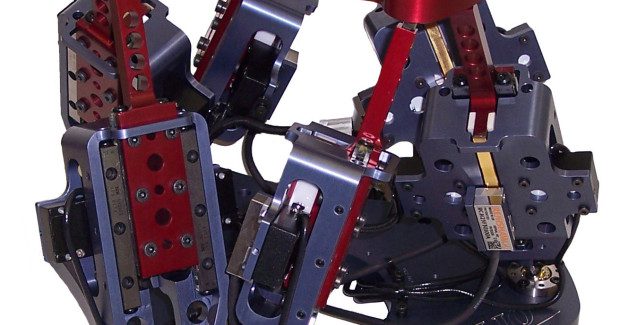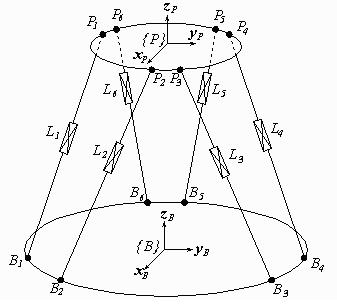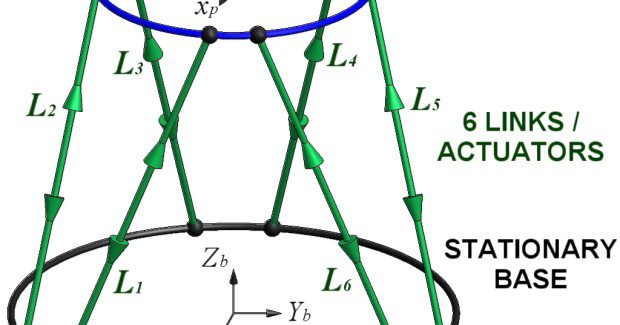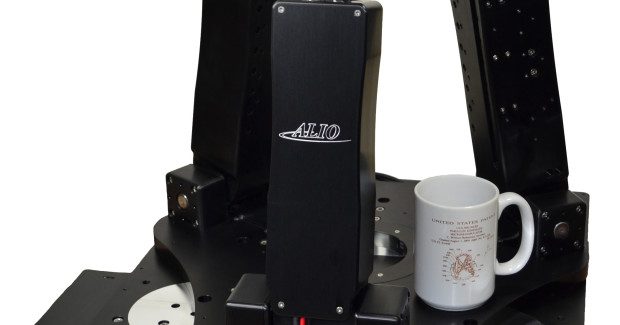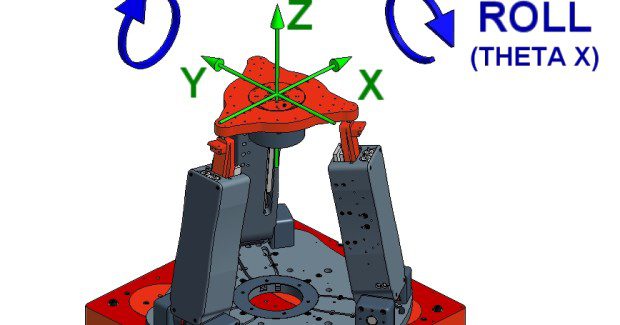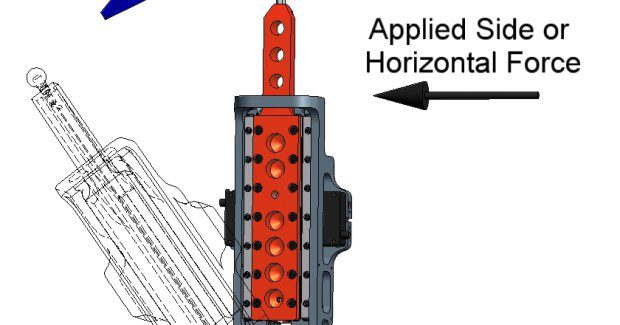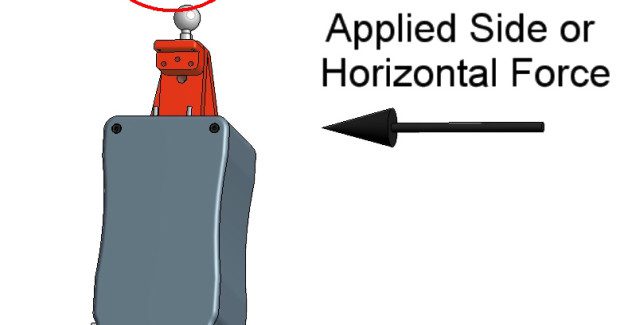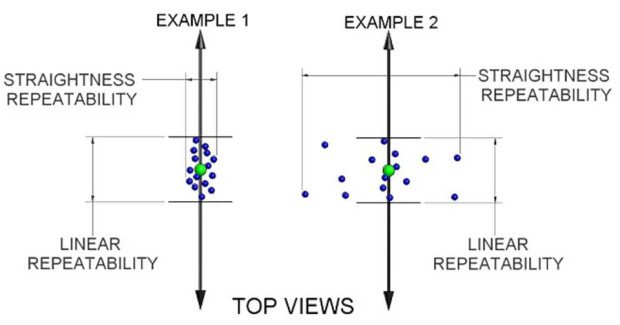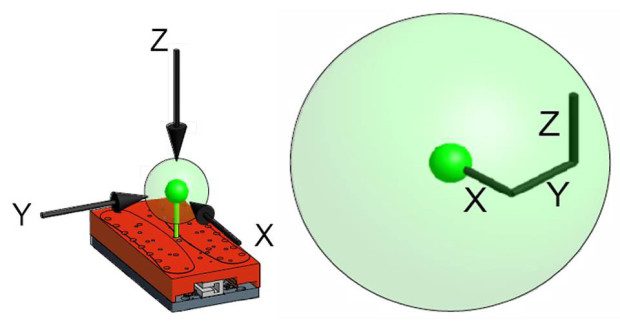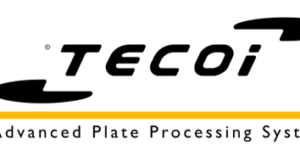Getting to True Position in Six Degrees of Freedom
The new nanometer level of precision being achieved by next generation motion systems to meet the high precision demands of metrology, laser processing and micro-machining opens up a whole new realm of application possibilities. This white paper examines how it works.
Posted: July 30, 2014
Briefly, with respect to repeatability, standard test procedures and motion system engineers, define “linear repeatability” as a one-dimensional performance metric on a per-axis basis (see Figure 4). While useful data, this singular representation of repeatability is not a full representation of the performance of the stage in three-dimensional space. While test procedures exist to measure these off-axis repeatability errors (i.e. straightness repeatability) they are often neglected in manufacturer specifications and thus the specifications provide an incomplete picture of the performance in three-dimensional space.
The different repeatability distributions shown in Figures 4a and 4b are often deemed to be equivalent because only linear repeatability is tested, while the straightness repeatability clearly shows the two distributions differ drastically. Conceptually, a spherical tolerance zone around a target point will clearly define the repeatability of a functional point attached to a 6-DOF motion system (see Figure 5). This is a simple example, and figures for a single-axis stage but the same issues apply in the specifications of hexapods and multi-axis systems. Hexapods and Hybrid Hexapods operate in three-dimensional space and thus should be tested and characterized by three-dimensional specifications.
This comprehensive performance viewpoint has been put into practice and reality with the Hybrid Hexapod, which accounts for, and minimizes, all error sources: off-axis errors are minimized, linear errors may be compensated, and orthogonality of axes can clearly be defined and compensated. Individual links and axes are designed to provide optimum repeatability and accuracy in three-dimensional space. Hybrid Hexapod XY stages optimize, not just performance in the traditional one-dimensional terms, but also accuracy, repeatability, straightness, and flatness of travel, which cumulatively present a representation of three-dimensional performance.
When the Hybrid Hexapod moves, the off-axis error motion can be one to two orders of magnitude smaller than the errors associated with a traditional hexapod. For example, on a 150 mm travel XY stage, both the X and Y axis each will display a straightness and flatness of travel of less than one µm, delivering very good planar accuracy.
As an example, in performing a raster scan with the Hybrid Hexapod configuration, the Z motion and the tip/tilt will accurately align a device or substrate, then, a subsequent raster scan does not require any motion of the links of the Hybrid Hexapod, just the high precision XY stages to achieve precision XY motion.
Conventional hexapod linear accuracy is limited to 10 seconds or 100 seconds of µm performance that varies greatly throughout its range of travel. The Hybrid Hexapod pairs the optimized Z axis performance of a parallel kinematic tripod with an optimized XY stage calibrated to have nanometer order accuracy and straightness performance.
ROTARY STAGE POSITIONING
Standard hexapods provide 6-DOF of motion, including yaw or Theta Z motion. Yaw is generally limited to about ±45 deg of rotation. As discussed previously, for any single rotational move all six links will move, and errors from all six links will affect the motion of the platform. Given this setup, the integrity of the yaw motion, specifically rotational accuracy and axial and radial runout of the yaw rotation, is poor.
Additionally, many hexapods include software tool center point settings that allow the user to set a point in space and perform a rotation around that point. Angular accuracy and runout errors associated with the hexapod can mean that at the completion of a rotation about an offset tool center point (or pivot point or process point) that a fixture, device or optical axis may be pointing many 10 seconds to 100 seconds of µm off its originally targeted position. In fact, any of the previously discussed hexapod errors (i.e. straightness) are magnified by the error prone rotations performed in yaw, tip, and tilt.
The Hybrid Hexapod resolves these limitations. Once the Z plane is aligned, the XY planes can still be moved, independent from the Z stage, with very high precision. The rotational stage on top (or below the tripod) is designed to provide precise yaw rotations, with runout error of +/- 1 µm and rotational accuracies less than a few arc-seconds, significantly lower than any traditional hexapod can deliver. The inclusion of the precision rotary also allows for 360 deg continuous yaw motion, removing a limitation of the hexapod.
CONVENTIONAL HEXAPODS AND 6-D NANO PRECISION®
The performance of traditional hexapod technology is limited based on prior design limitations, design decisions, and the hexapod parallel kinematic concept in general. A new engineering perspective on 6-DOF motion is required in order to move beyond the limitations of the past hexapod designs and recognize the improvements available from the Hybrid Hexapod concept. The Hybrid Hexapod will help advance technology as it enables three-dimensional precision performance not previously capable with prior multi-axis systems. As the technology advances, so must the qualification processes.
Hexapods are characterized with vague specifications and present hazy situations for engineers who are told what they want to hear and not the full picture of the actual hexapod performance capabilities. New performance testing metrics are not only better at defining the weaknesses of hexapods, but also clearly characterizing the clear performance benefits of novel innovative designs, such as the Hybrid Hexapod, and communicating those capabilities to industry.
Conventional hexapods had their place, and still do in the micro world, but they do not meet the high precision requirements of 6-D Nano Precision applications in nanotechnology. 6-D Nano Precision means the documented proof of performance over all six degrees of freedom of a body in motion at the nanometer level of precision. As many leading nanotechnology companies in the optical, semiconductor, manufacturing, metrology, laser processing and micro-machining industries will attest, this nanometer level of precision is achieved by the next generation Hybrid Hexapod motion systems. While there is considerable future work to be completed, the Hybrid Hexapod opens up a new realm of possibilities for 6-DOF motion systems.
ALIO Industries, Inc. is the leader in nano-precision motion and robotic systems, providing an extensive line of standard mechanical and air bearing stages and robots. Its motion systems provide unparalleled accuracy and repeatability at the nano-scale enabling next-generation manufacturing in semiconductor, flat panel display, lithography, ink jet deposition, photonics, biomedical and other industries.
The company has set the pace for nano-precision design and systems, exceeding current standards of precision product designs for automation technology. It holds two patents for the Parallel 6 Axis Hexapod and the Parallel 3 Axis Tripod, as well as a patent for NANO Z®, and several patent pending for Hybrid Hexapod® and planar air bearing systems.
Its linear and rotary stage lines were designed to be cost-effective and complement the market demand for high quality, nano-precision motion. ALIO’s rotary stage designs can be utilized for stand-alone motion or stackable for various serial kinematic structures. These applications can be used in normal atmospheric environments, clean rooms and vacuum chamber environments.
ALIO Industries, Inc., 11919 W. 48th Avenue, Suite 119, Wheat Ridge, CO 80033, 303-339-7500, sales@alioindustries.com, www.alioindustries.com.



